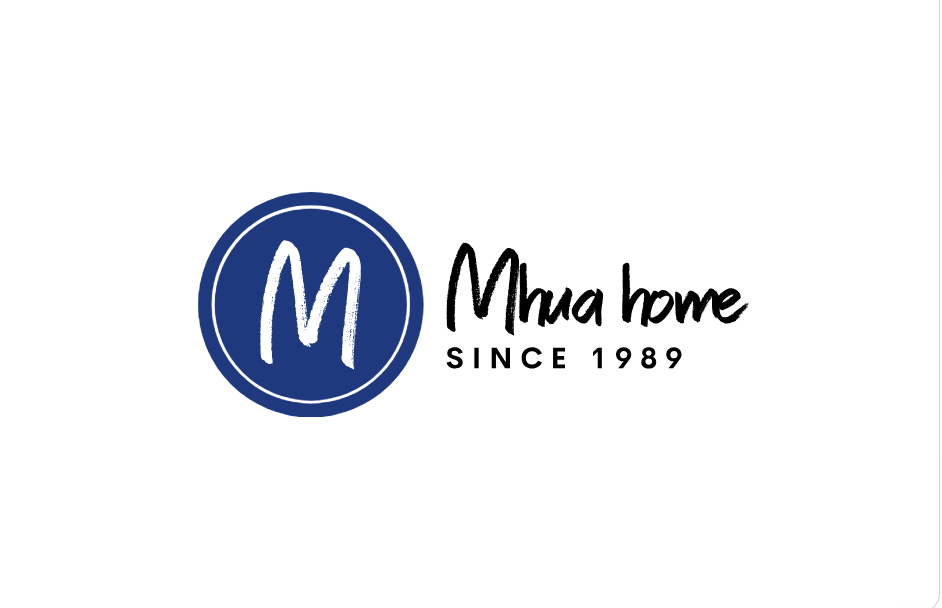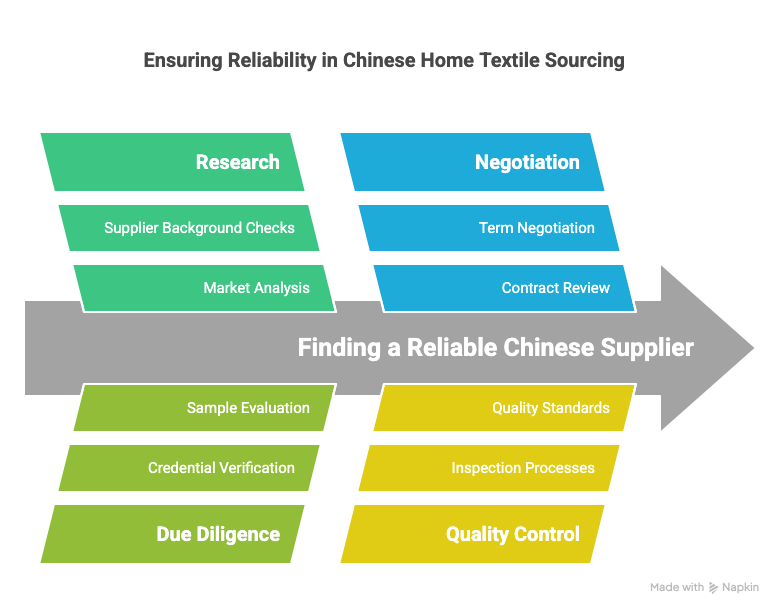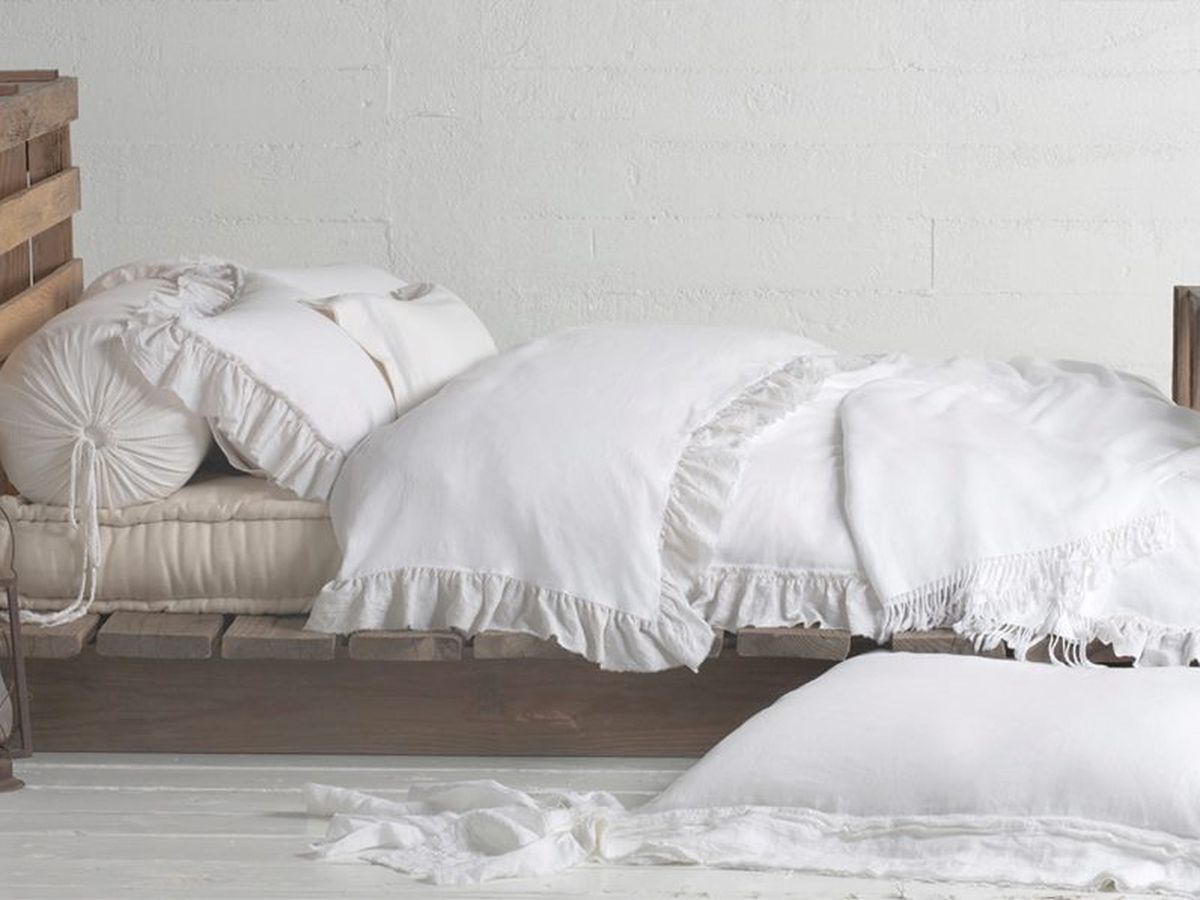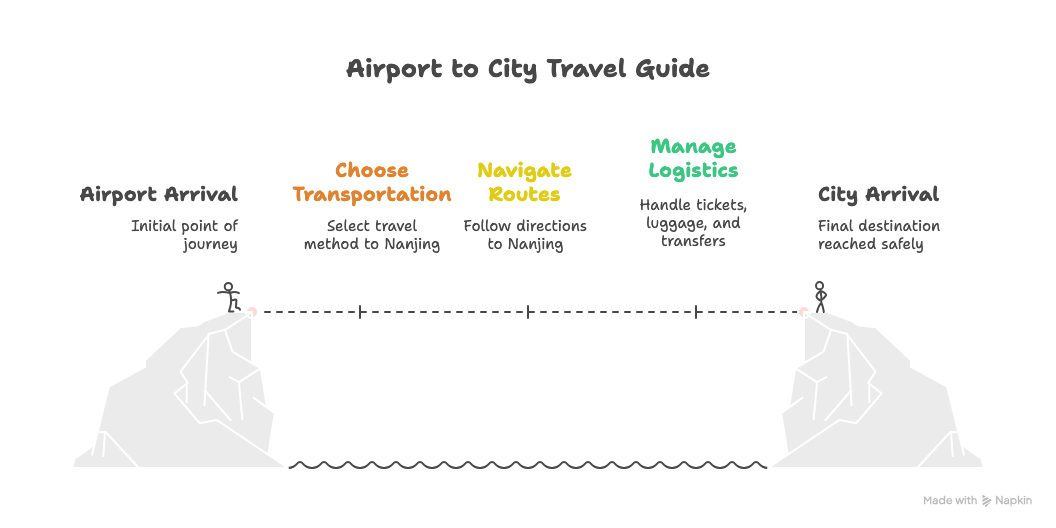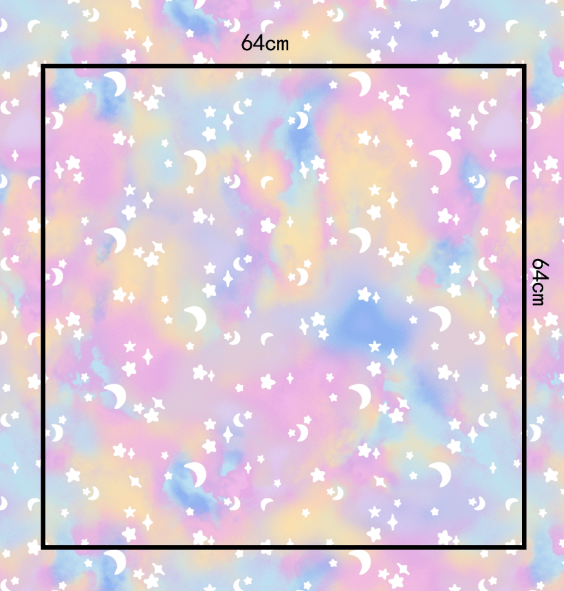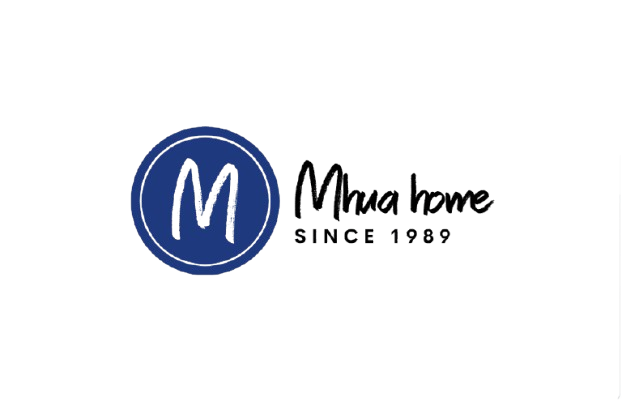Sourcing home textiles (bedding, curtains, towels, etc.) from China can be cost-effective, but finding a reliable supplier requires careful research and due diligence. Here’s a step-by-step guide to ensure you partner with a trustworthy supplier.
Step 1: Define Your Requirements
-
Specify your needs: product type (e.g., cotton bedsheets, microfiber towels), quality standards, certifications (e.g., OEKO-TEX), order volume, and budget.
-
Determine shipping terms (FOB, CIF) and delivery timelines.
Step 2: Explore Sourcing Platforms
-
Alibaba: Filter suppliers by “Trade Assurance” or “Gold Supplier” status. Look for verified badges and high transaction volumes.
-
Made-in-China: Ideal for detailed supplier profiles and audited factories.
-
Global Sources: Focuses on vetted suppliers, often with export experience.
-
Yiwugo: For smaller orders or samples from Yiwu’s wholesale markets.
-
Tip: Check supplier response rates and customer reviews for reliability clues.
Step 3: Visit Trade Shows (Optional)
-
Attend events like the Canton Fair (Guangzhou), Intertextile Shanghai Home Textiles, or China Home Textile Fair to meet suppliers in person.
-
Benefits: Assess product quality, negotiate directly, and build relationships.
Step 4: Verify Supplier Credentials
-
Request business licenses, export licenses, and certifications (e.g., ISO 9001, BSCI).
-
Use third-party services like SGS or Bureau Veritas for factory audits.
-
Check supplier history on platforms or through trade references.
Step 5: Request Samples
-
Order samples to evaluate quality, material, and craftsmanship. Expect to pay CNY 50–300 per sample, plus shipping.
-
Compare samples from multiple suppliers to ensure consistency.
Step 6: Negotiate Terms
-
Discuss pricing, MOQs (minimum order quantities), payment terms (e.g., 30% deposit, 70% before shipment), and lead times.
-
Use secure payment methods like Alibaba’s Trade Assurance or PayPal for small transactions.
Step 7: Conduct Quality Control
-
Hire a third-party inspection agency (e.g., AsiaInspection) to check products before shipment.
-
Specify quality checkpoints (e.g., stitching, colorfastness, packaging).
Step 8: Build Long-Term Relationships
-
Communicate clearly via WeChat or email. Be respectful of cultural differences.
-
Place small trial orders before committing to large ones.
-
Visit the factory if possible to strengthen trust.
Key Tips
-
Location: Major textile hubs include Zhejiang (Shaoxing, Hangzhou), Jiangsu (Nantong), and Shandong (Qingdao).
-
Red Flags: Unrealistically low prices, poor communication, or refusal to provide documentation.
-
Language: Use translation tools or hire a sourcing agent if needed.
-
Contracts: Always sign a detailed contract outlining terms, quality standards, and penalties for non-compliance.
Resources
-
Sourcing Agents: Companies like Jingsourcing or FBA China can handle supplier vetting for a fee.
-
X Posts: Search for supplier recommendations on X using keywords like “China textile supplier.”
-
Web Research: Use Google or Baidu to cross-check supplier reputations.
By following these steps, you can confidently source high-quality home textiles from reliable Chinese suppliers. Start small, verify thoroughly, and scale gradually.
